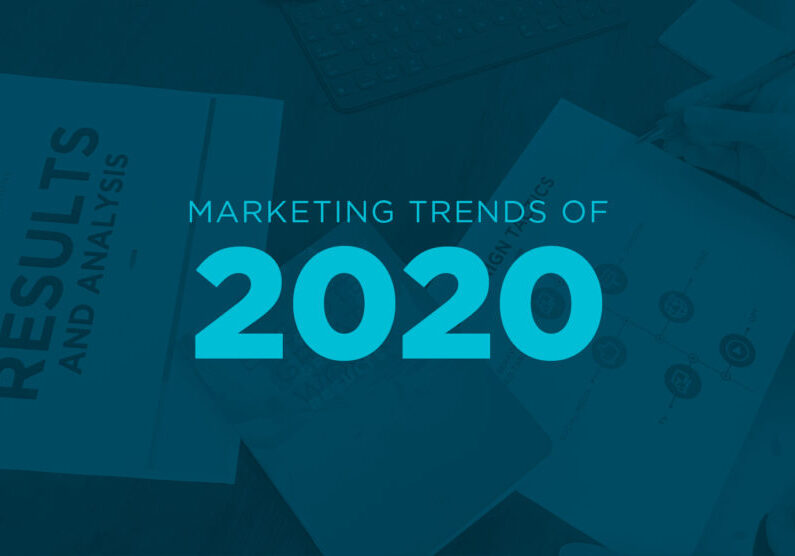From the FC Newsroom
January 29, 2020
Marketing Trends of 2020

What will 2020 look like in marketing? We’re breaking down the top three marketing trends to keep your eye on this year.
1. Data-driven retention and loyalty
In real estate, there’s the idiom “location, location, location.” Advertising has something similar:
Data. Data. Data.
We use data along every step of a campaign journey – from developing target audiences to showing the return on investment (ROI). As the digital world moves away from cookies, we will continue to focus on ways to collect, analyze and present data while protecting the privacy of consumers. Techniques like location targeting, geo-fencing and utilizing device ID data will continue to grow in popularity. Several of our clients have benefited both from hyper-targeting and the ability to better understand their customers through these techniques.
2. Balancing Connected TV and Cable
Disney+ rocked our worlds – both personally and professionally in 2019. The streaming wars have just begun and the value of Connected TV services, like Hulu or CBS All Access, should not be underestimated by advertisers.
According to Forbes, the average American watches about three streaming services. And according to AdWeek, two out of every three people use a second screen while watching to look up information about a product they saw during that program.
TV advertising continues to innovate within the Connected TV landscape with tactics like using computer-generated images (CGI) for brand placement. While more than 10 million people have cut the cord since 2012, the majority of TV viewers still tune in to cable.
Whether you’re on connected or cable, TV arguably remains the greatest advertising vehicle ever invented. Brands need to be nimble in navigating this new landscape – striking a balance between streaming and broadcast to reach the audiences they seek.
3. Supplementing In-House Operations with an Agency
The marketing industry has seen a significant increase, especially in large corporations, of “in-housing.” This means that the marketing team operates as part of the company instead of outsourcing to an agency. Some experts cite a desire for data transparency, some look to increasing cost-per-acquisition (CPA) and yet others point to how easy DIY social media marketing seems.
With the wave of in-housing has also come a wave of hybrid relationships between agencies and in-house teams. That said, partnering with in-house teams is something that FC has offered for many years now and it has led to some exceptional work and results.
By making agencies an extension of the in-house team, the focus of the relationships is shifted to supplementing operational priorities. This relationship benefits the client through the development of strategy, media buying and interpreting analytics. The in-house team can also rely more heavily on the agency’s expertise and experience in marketing trends and tactics, an area which Forbes says in-house teams note perceived deficiencies in being knowledgeable.
It may be a new year, but there’s nothing new about adaptation, growth and the constant need for problem-solving in the advertising industry. This decade will undoubtedly present new challenges in the ever-evolving digital landscape, but we’re always ready to grow.